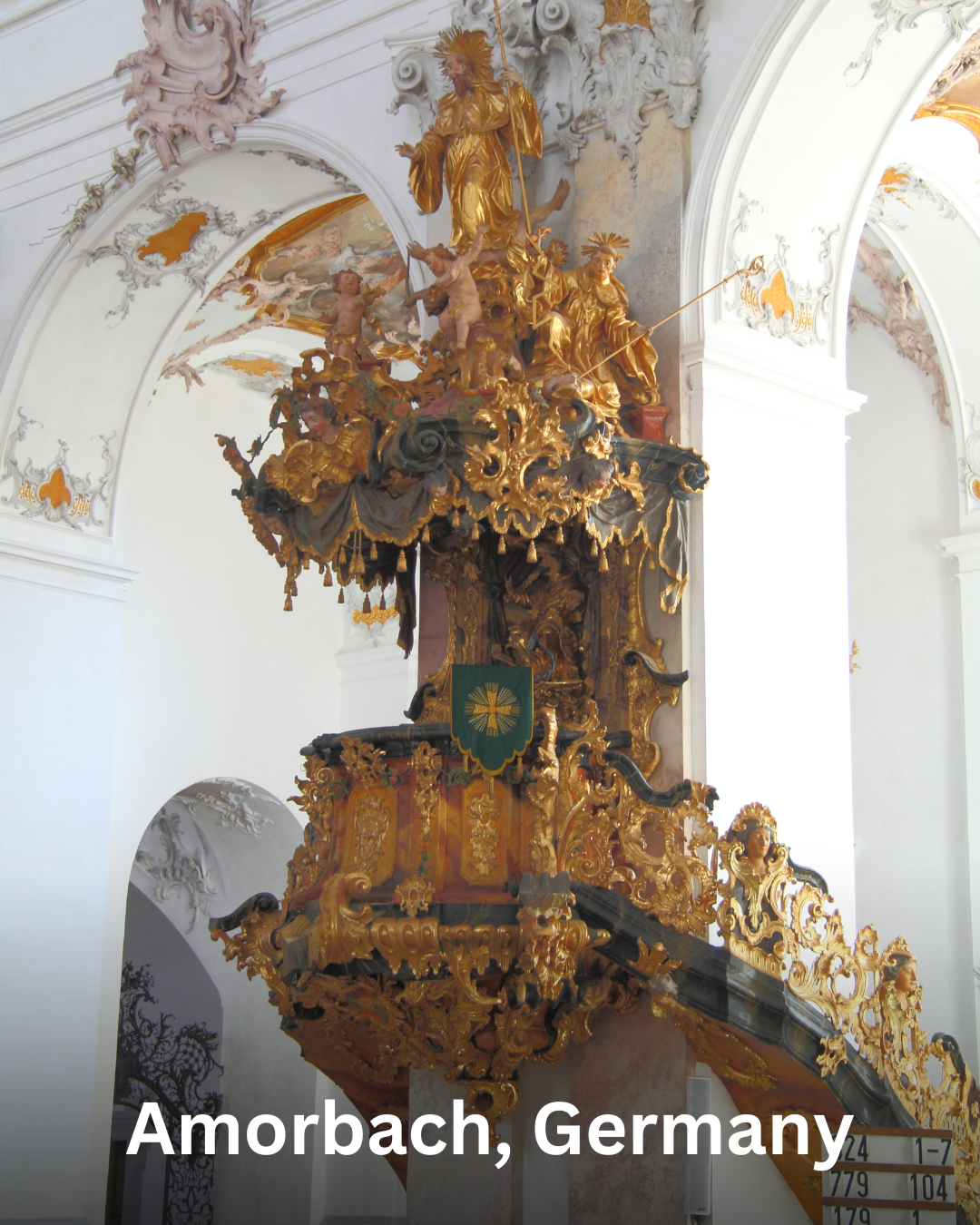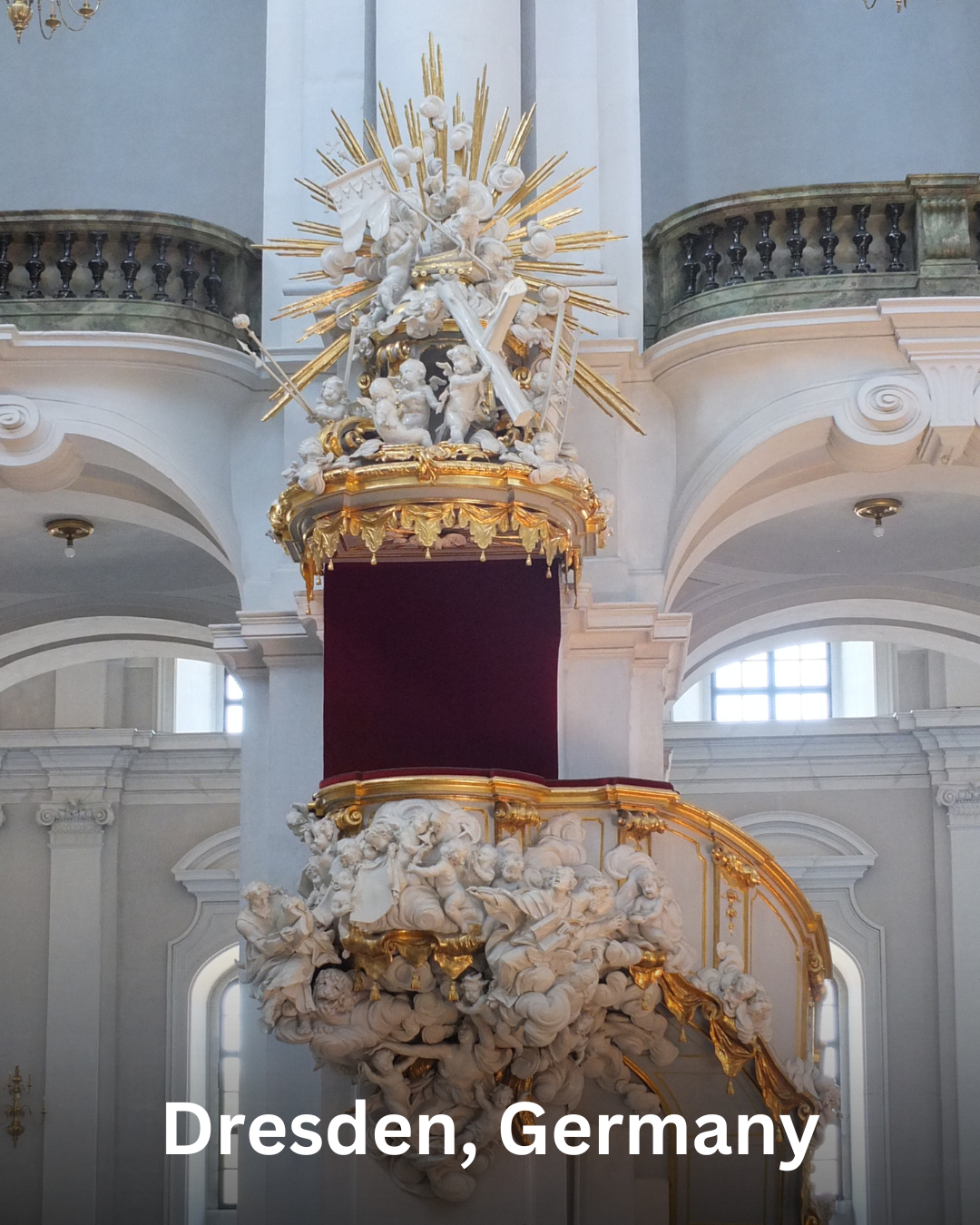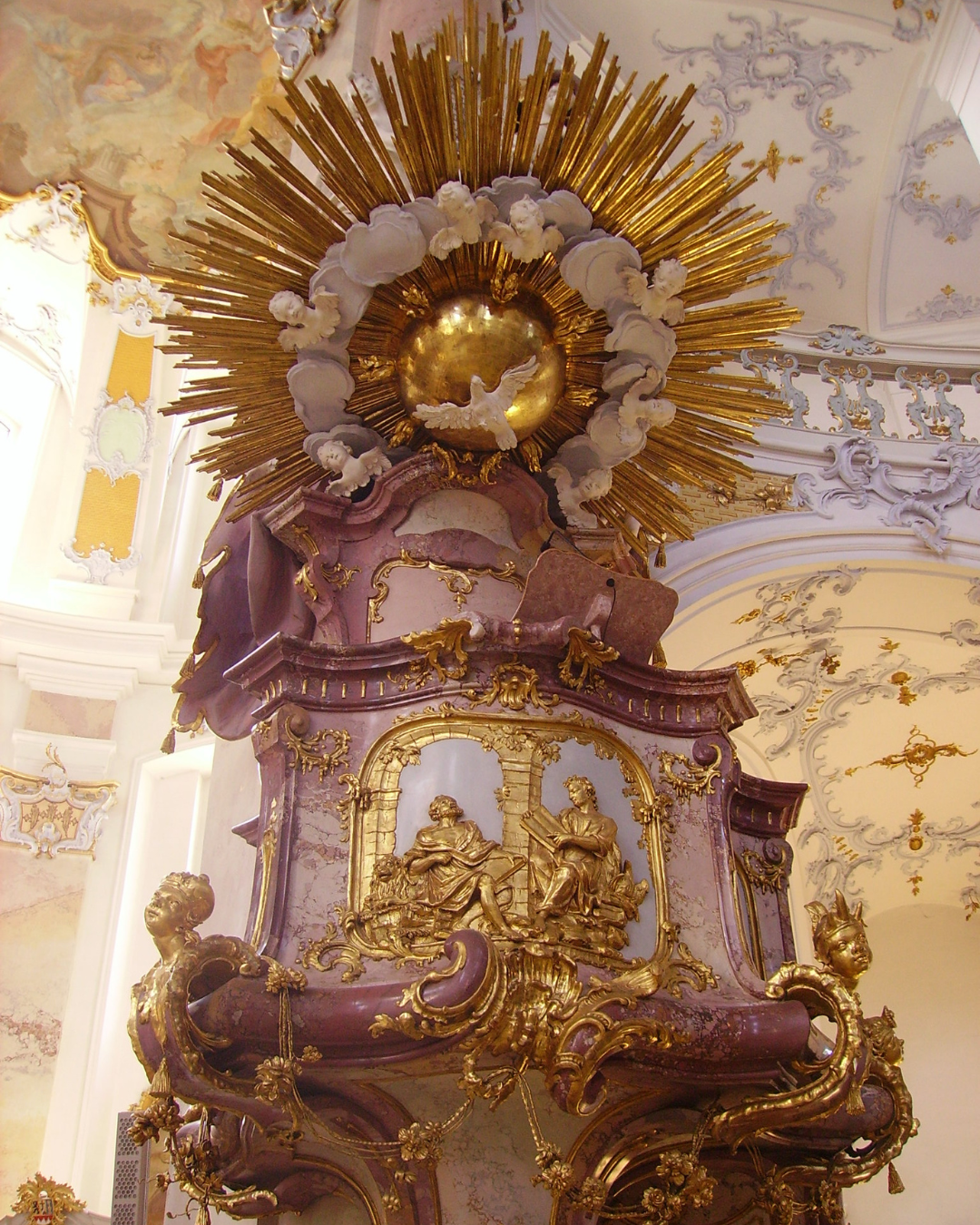Social media has changed the way we interact with the world and each other.
We have at our fingertips access to realities that before we could only discover by traveling across the globe. Audiences around the world go wild for beautiful baroque masterpieces as they scroll through social media. Some videos even amass millions of views.
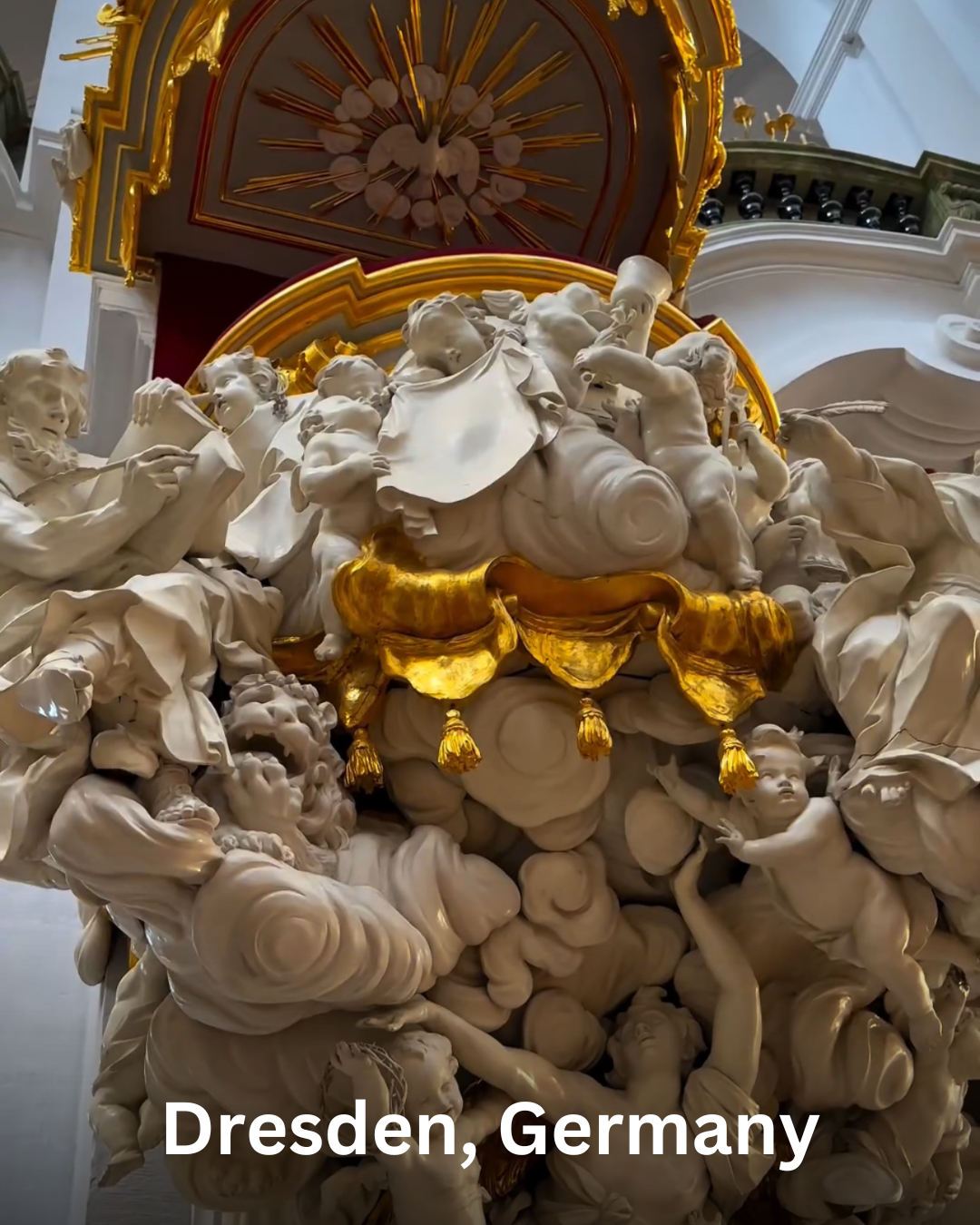
Social Media audiences crave one thing
Although a limited means of communication, men and women, young and old, now scroll their phones and consume social media content in a quick timespan. Social media content creators hope to hold the attention of their audiences and reach even more viewers.
In the end, it is apparent that social media consumers look for one thing in particular when they open their apps and begin to scroll: beauty.
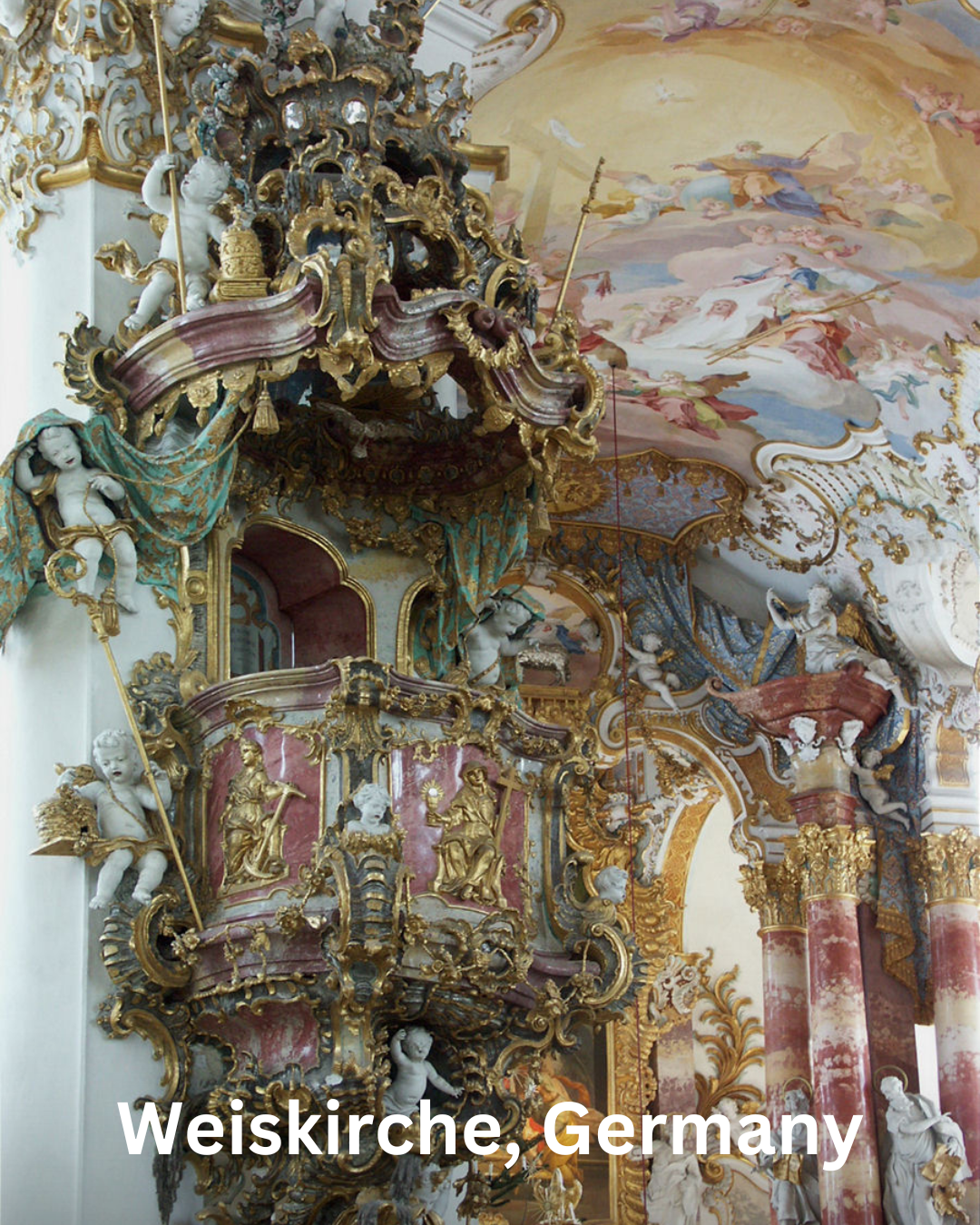
Catholic and secular social media content creators, although with different perspectives on the world and different goals in their work, do have something in common. They strive to capture the European Baroque masterpieces that fill Catholic churches in diverse light and various angles, evoking the motion and theatrical passion of the art that intends to tell a story.
The greatest story ever told is Christ’s salvation of mankind.
Yet, through the creativity and devotion of artists who came before us, this story captures the hearts and minds of an international audience, Catholic and non-Catholic alike.
Baroque fills social media feeds
In collaboration with Crux Stationalis, one German Baroque Instagram page demonstrates this with a video reel reaching 2.3 million views. The reel features 10 famous Baroque and Rococo-style pulpits.
The Baroque period of art extends from the early 1600s to the mid-1700s. The Rococo period of art extends from the 1740s to the 1770s.
The pulpits of these periods at times employ an overwhelming nautical theme with the priest preacher standing at the helm of the pulpit in the shape of a ship steering his parishioners by the preached word.
Many pulpits in the Baroque period were built in this style because of the Counter-Reformation emphasis on the Catholic Church as the one and only ark of salvation, the Barque of Saint Peter.
If the theme is not nautical, then Sylvan pulpits, inspired by the forest, can be found. These portray the overabundance of grace coming from Christ who is the Tree of Life.
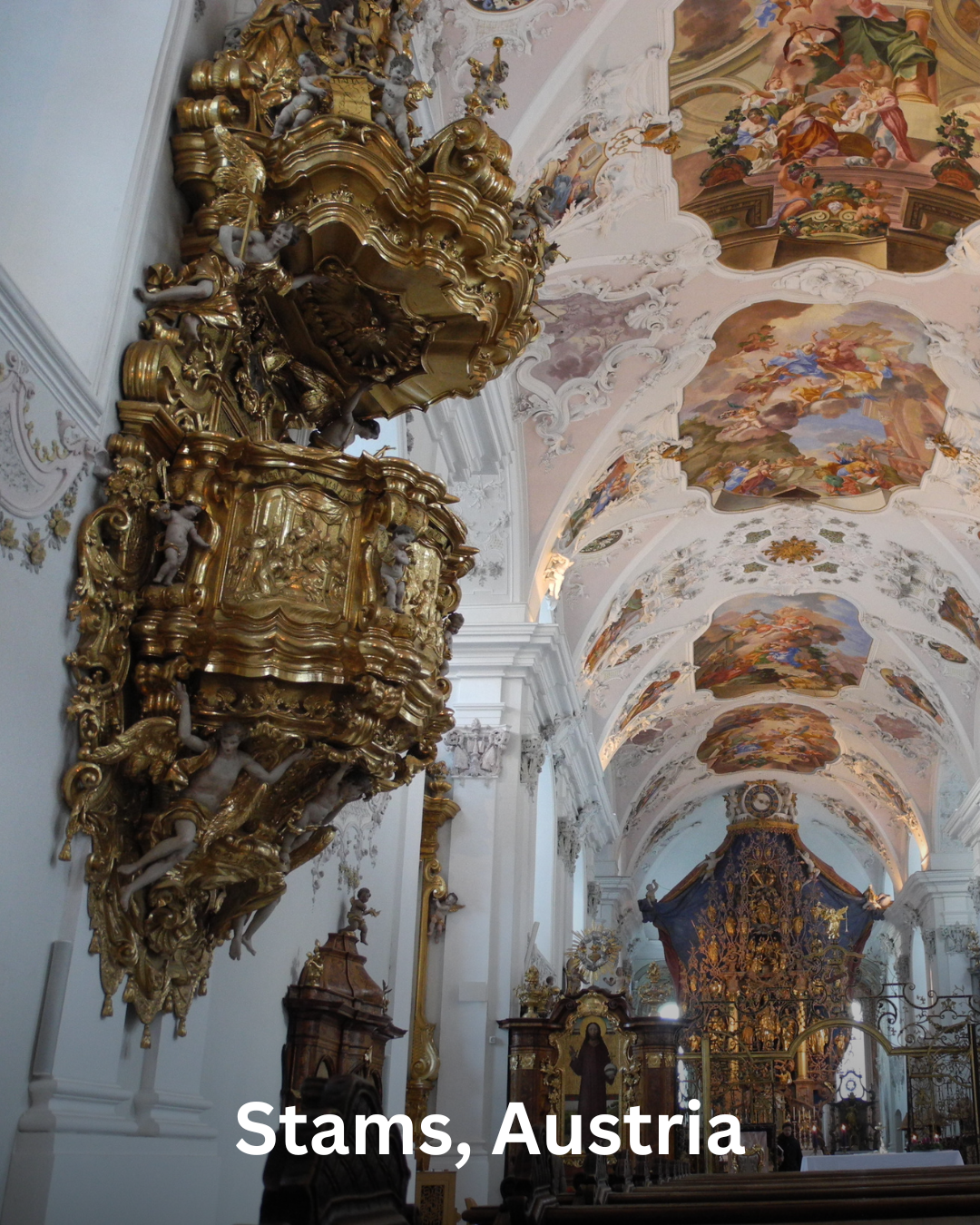
What is a pulpit?
Father Nicki Schaepen, an art expert and parish priest in an old Swabian Norbertine monastery in Bad Schussenried, Germany, explains, “Pulpits are raised preaching chairs that were often fitted with a sounding board to amplify the preacher’s voice. They have been a permanent fixture in Christian churches since the late Middle Ages and are often attached to one of the pillars of the nave.”
The Baroque period saw an unprecedented level of creativity in the design of pulpits.
Historically, preaching was done outside of the context of the Mass. Nonetheless, the evocative pulpits hearkened to the sacred mysteries of the Eucharistic celebration.
“The sounding board is often decorated with vegetal or ornamental elements, angels, and a cross, while its underside bears the dove of the Holy Spirit," Father Schaepen further explains. "Sometimes the pulpit takes the form of a chalice with a base, a node, and a cup, sometimes it’s shaped like a ship.”
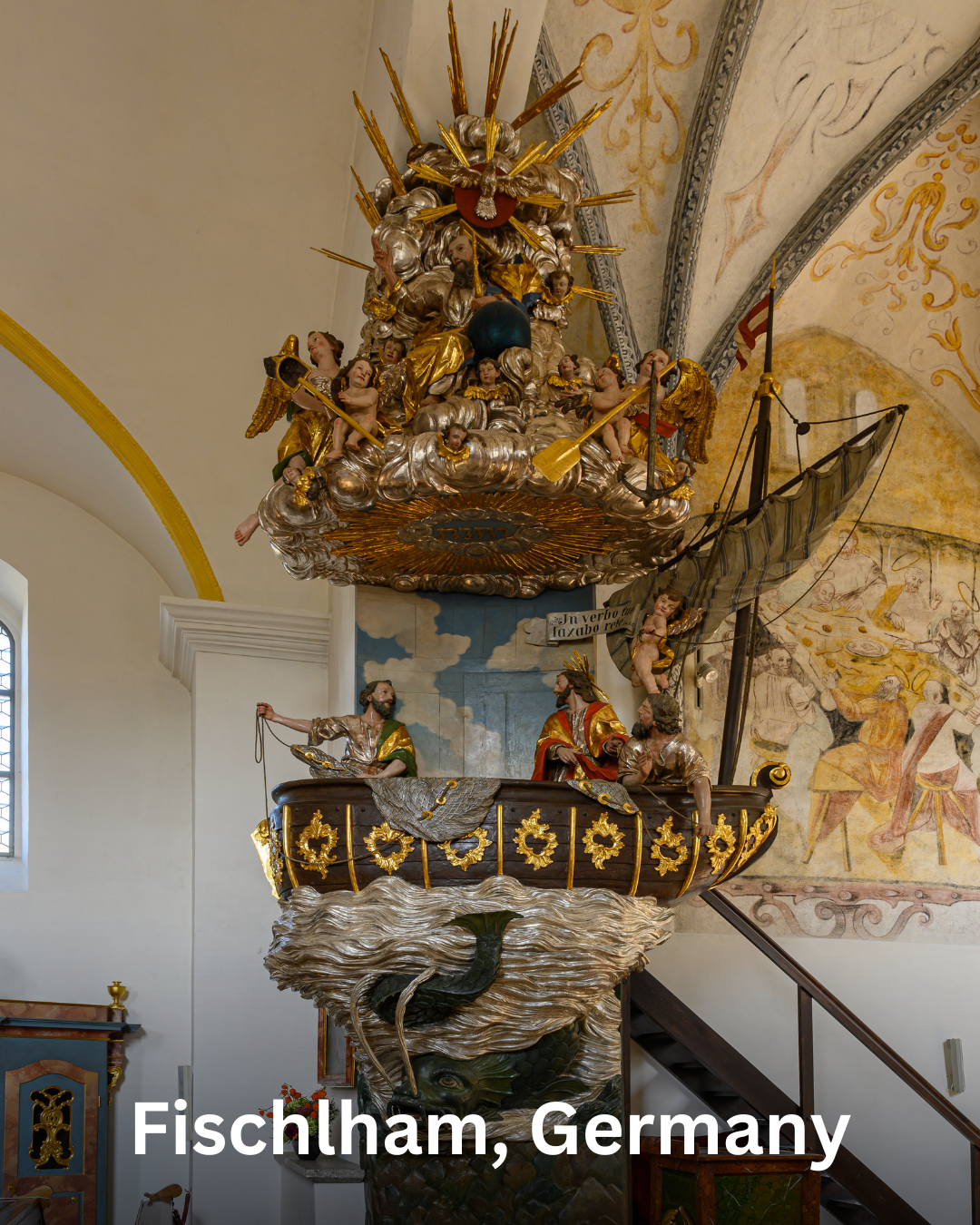
There are hardly any limits to the artists' inventiveness. The iconographic decoration, however, is always based on biblical motifs of prophecy and proclamation.
“Recurring design themes include the Evangelists, Doctors of the Church, the eight beatitudes, virtues or scenes from the life of a saint or the patron saint of the church,” Father Schaepen says. Father Schaepen’s monastery of Saint Magnus even has its own Instagram page.
Extravagant Pulpits in the Baroque and Rococo Periods
Beyond the Barque of Saint Peter, artists of the Baroque and Rococo periods expressed the nautical theme in even greater extravagance.
In Poland, one example comes directly from the biblical story of Jonah, symbolizing redemption, repentance, and God’s mercy.
The pulpit created in 1730 by Michael Kössler is in the form of a sea creature with its jaw open, a reference to the biblical story of Jonah, who was swallowed by a huge fish and washed ashore after three days. The wide open mouth of the fish also symbolizes the power of nature and God’s power over it.
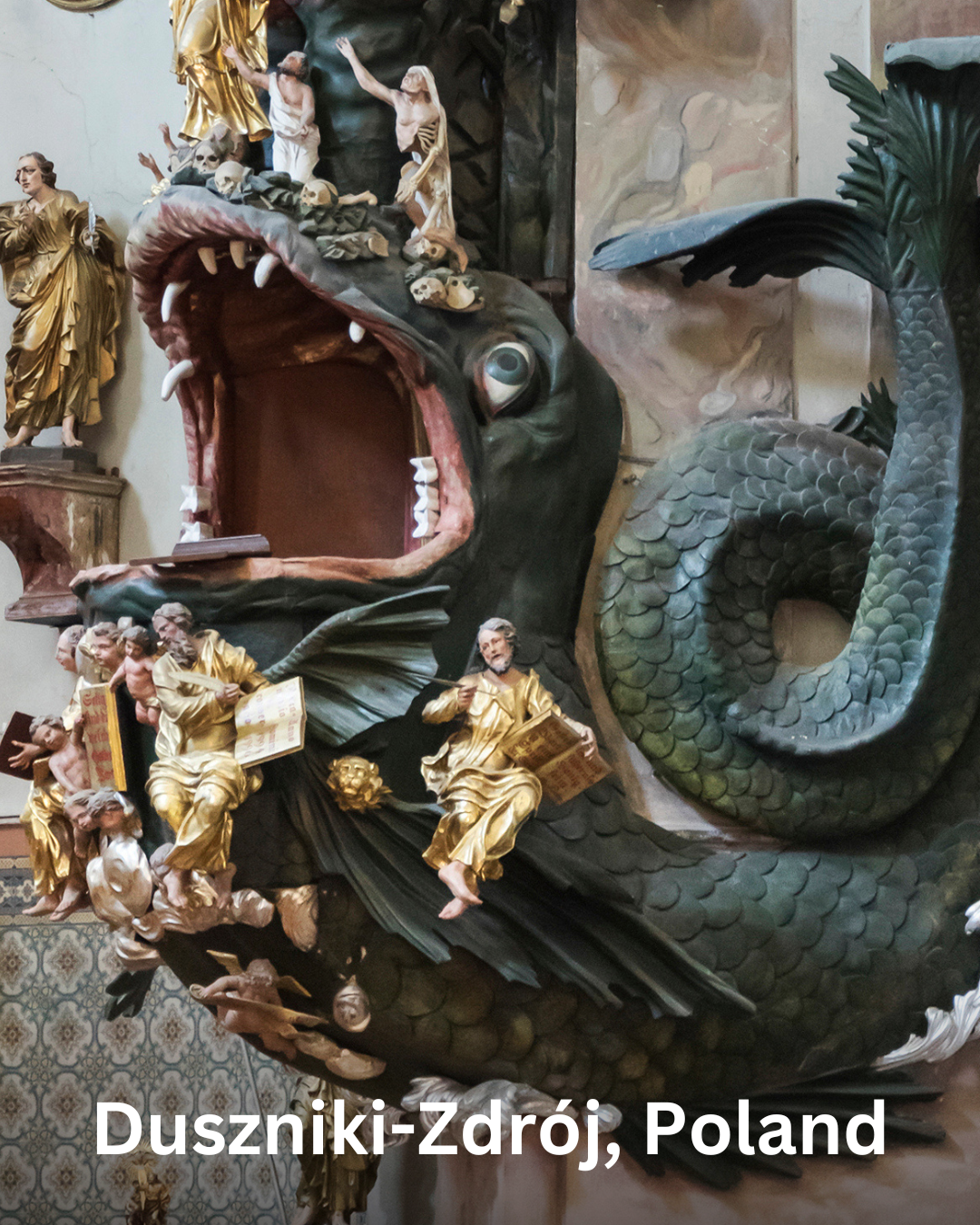
In the Basilica of the Fourteen Holy Helpers, free-floating white little angels bear the pulpit, ornamented with the golden reliefs of the Evangelists surrounded by shapes of seashells. The soundboard is made of rays in a spherical shape.
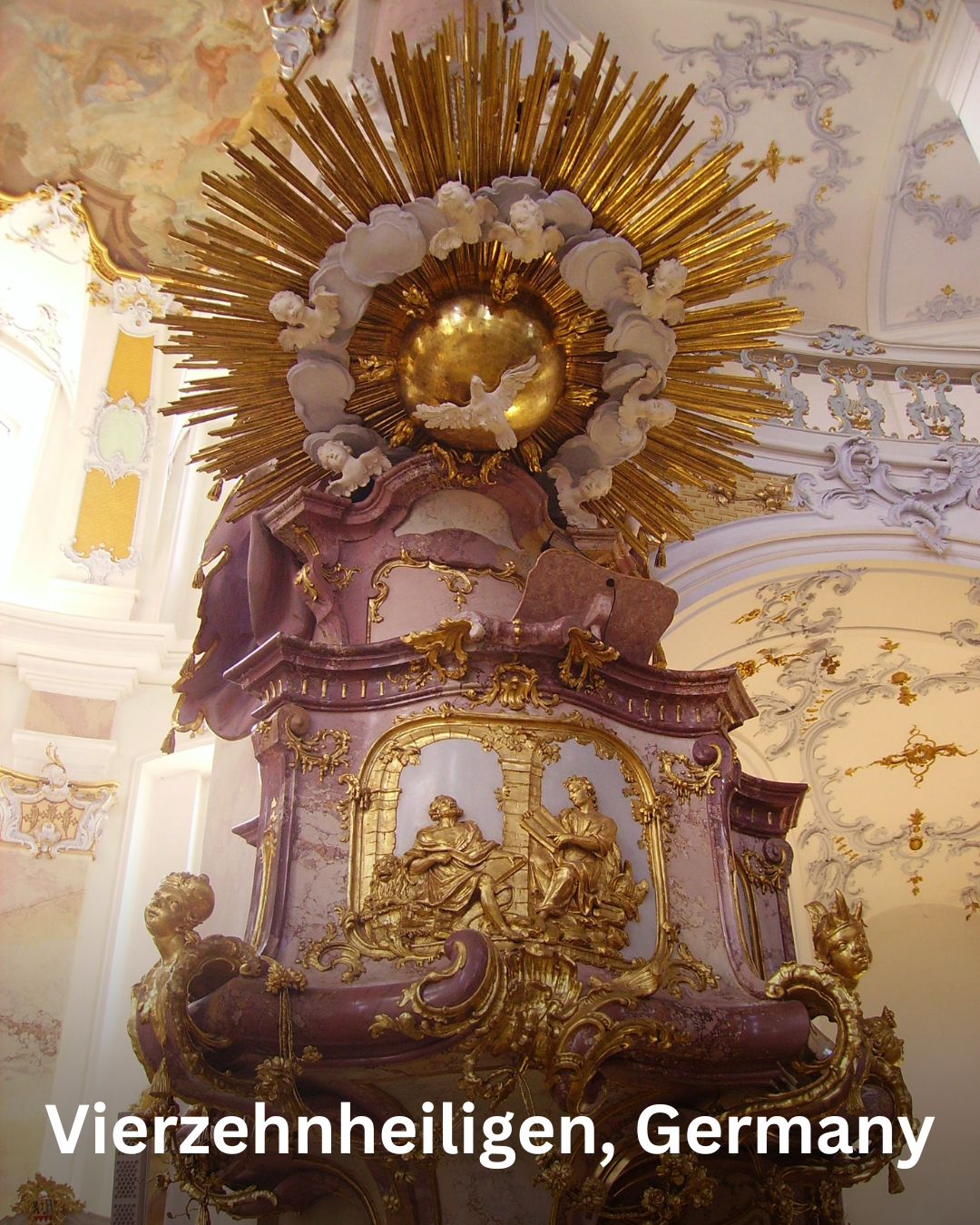
Other examples of Baroque Pulpits show the wide variety of artistic licenses employed to create dramatic scenes from which priests can preach the Good News of man’s salvation found in the Catholic Church.
